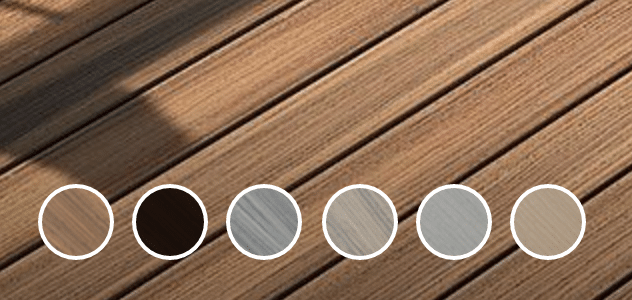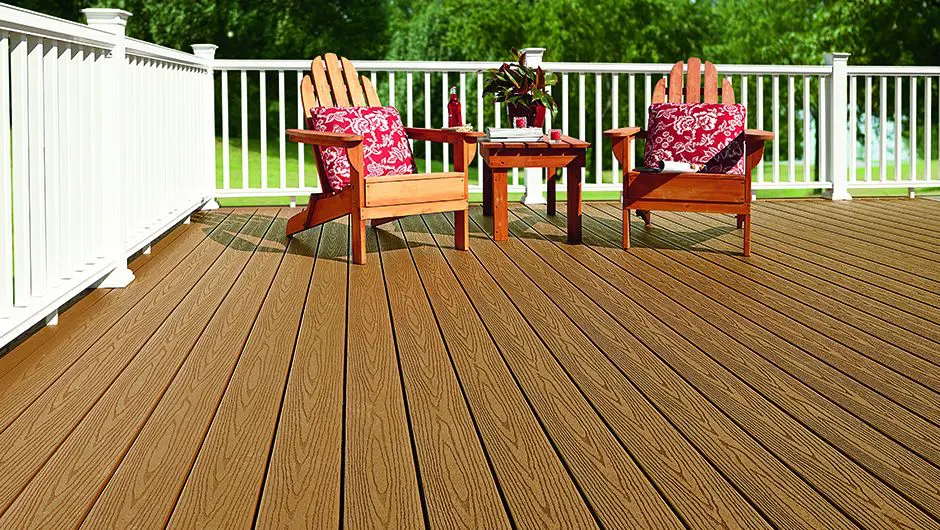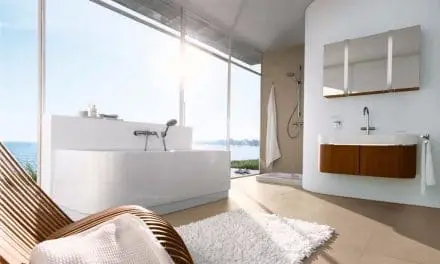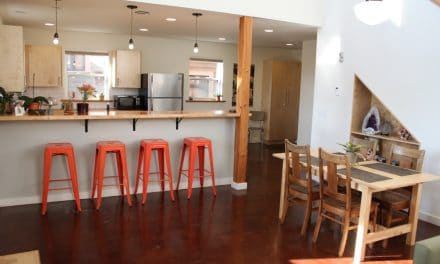Beautiful outdoor spaces, designed to endure
Fiberon takes pride in creating outdoor living products that offer lasting beauty, genuine value and easy maintenance. And because great outdoor living is nothing without the great outdoors, the company incorporates eco-friendly materials and sustainable processes into everything they do.
Protecting the environment – and your family
Fiberon products are made from recycled materials. They source local pre- and post-consumer recycled content, and use a closed-loop water cooling system for zero water discharge. Plus, they recover 98.5% of the waste materials they generate.
Fiberon products are free of harmful chemicals, produced using sustainable processes, and contribute toward points in LEED and other green building rating systems. These practices were recognized by Green Builder magazine, who named Fiberon a “2015 Eco-leader”.
The company transports U.S. goods via rail cars from two manufacturing plants: one on the east coast; the other, on the west. This practice enhances efficiency while reducing greenhouse gas emissions.






Why composite decking?
Composite decking materials are eco-friendly and toxin-free.

Fiberon composite decking is made from locally-sourced recycled plastic, lumber mill scraps and other materials. Each year Fiberon prevents more than 60,000 tons of plastic and other waste from ending up in landfills.
Plus, Fiberon composites prevent further deforestation, do not contain the toxic chemicals often found in pressure-treated lumber, and are manufactured in a zero-waste process.
Composite decking costs less over its lifetime than does wood – and lasts longer, too.
While pressure-treated lumber may cost less initially, maintenance costs are significantly higher. On average, maintaining a wood deck will cost $450-$850 per year. Composite decking? Just $5-$15 annually. What’s more, wood decks are susceptible to mold, decay and insects (not to mention Mother Nature) and have a shorter lifespan. Composites retain their good looks year after year.

Composite decking is safer.

Wood-plastic composite decks will not splinter, split, crack, or rot, making your outdoor space safer for children, pets, and your bare feet.
Composite decking looks like wood.
Composite decking has come a long way in the past five years. Today’s composites reflect the beauty of natural and exotic hardwoods, complete with subtle streaking and varied wood grain patterns. And when it comes to color options, you’ll find just as many (if not more) options to suit your project needs with composite decking versus traditional wood.









